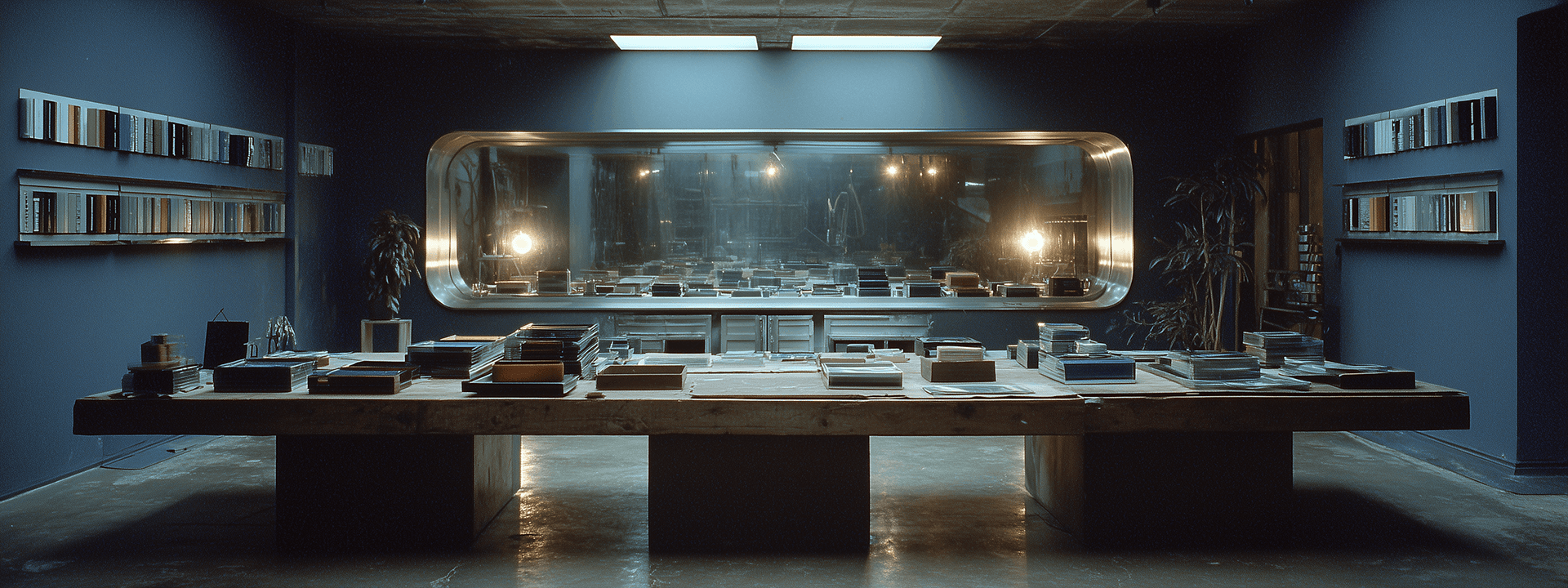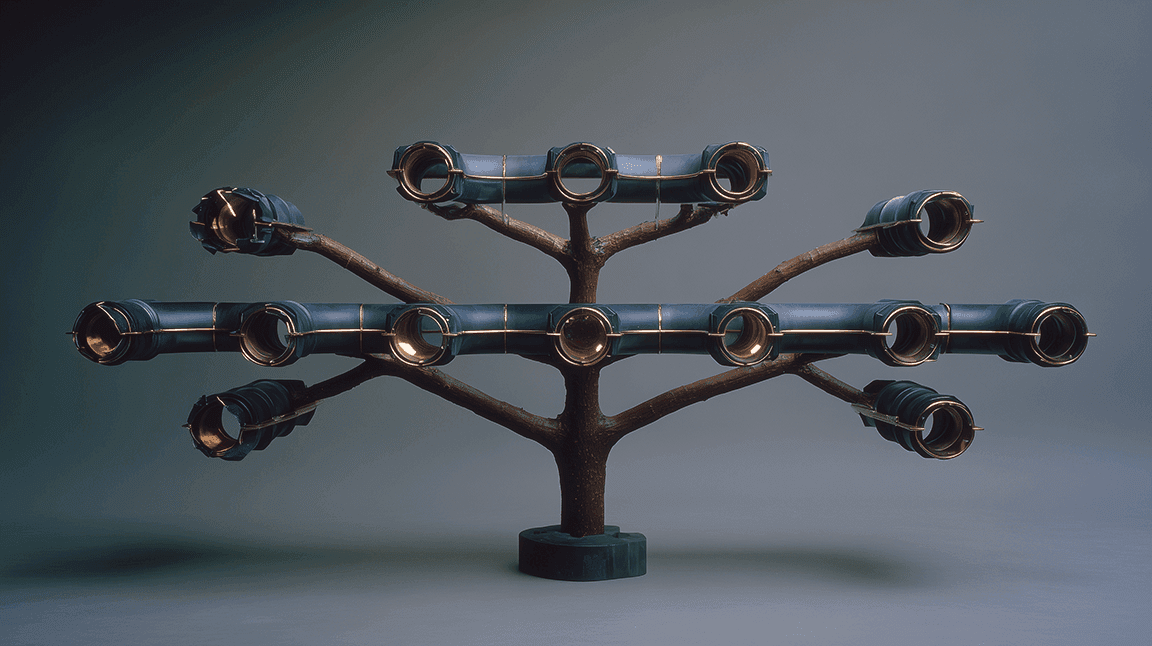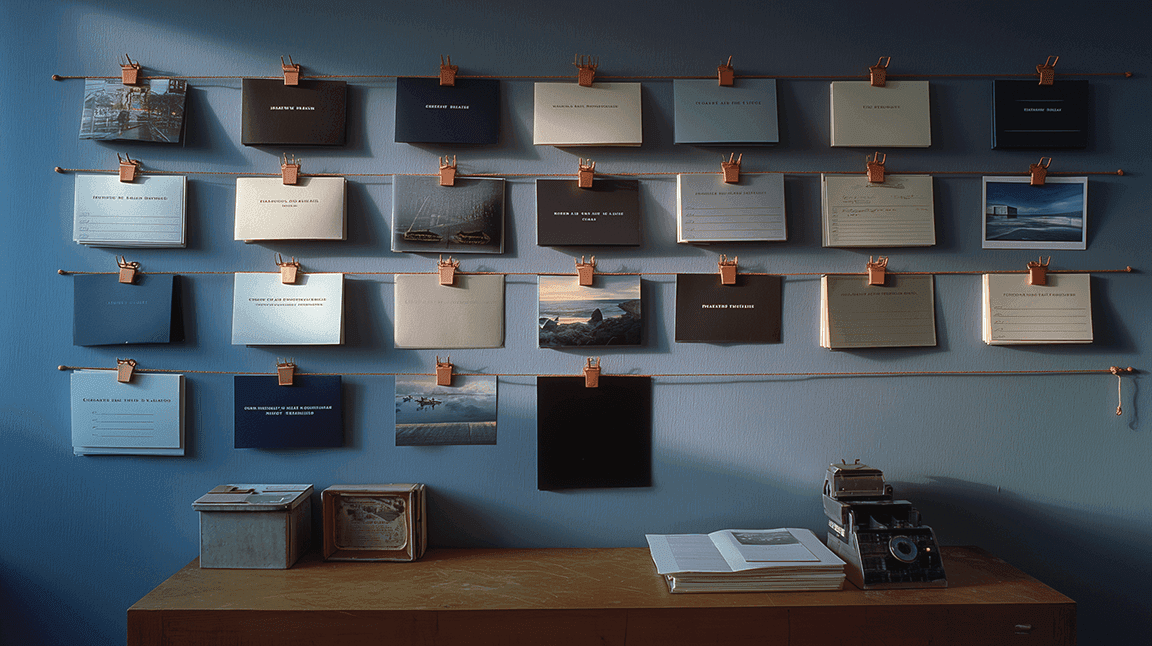
Skill in the Age of Abundance: When Execution is Free, Taste is Everything
As AI makes polished drafts cheap, the edge shifts to curation, taste, and narrative. This article offers a concrete playbook for selection, proof, pricing, and team rituals that turn abundance into advantage.
AI has turned making into the easy part. Picking, shaping, and explaining are the new superpowers.
Welcome to abundance
For most of creative history, execution was scarce. You needed years of practice to paint a clean gradient, track a shot, comp a sky, or mix a vocal that did not hiss. That scarcity gave technical skill market power. Then the tools changed. Generative models democratized competent first drafts. Polished mockups and rough cuts now arrive in minutes. The cost of variation has collapsed. Execution is no longer the bottleneck. Attention is.
Abundance does not kill craft. It changes where craft lives. The scarce act is not producing ten candidates. It is choosing one that matters, then building a path from candidate to culture so the work lands. The advantage now belongs to people who know what to make, why it matters, and how to make others care. In a world where you can ask for anything, taste is the filter and narrative is the amplifier.

Defining taste without the fluff
Taste is not snobbery. It is the practiced ability to make better choices under constraints. Good taste shows up as consistent selection that fits the brief, avoids cheap tricks, and carries a voice. In a studio, taste sounds like short sentences that cut fluff. It looks like a hand that removes one more element than the template would. It feels like a rhythm that keeps a promise to the audience.
Taste does not need to be universal. It needs to be legible and trustworthy. If people know what you mean when you say yes or no, they can follow. If your yes and no shift with the feed, the team will drown in options and ship nothing.
Taste is the speed and accuracy of your no.
What changes when execution gets cheap
When a model can produce a clean first draft, the question moves upstream and downstream.
- Upstream: what are we trying to say and for whom.
- Downstream: how will this live in the world and keep earning attention.
Upstream skills include framing the problem, choosing metaphors, and encoding constraints that actually bite. Downstream skills include editing for rhythm, designing distribution, and attaching proof that survives a skeptical scroll. The creative who can run that whole arc will outperform a technician who only makes pixels sing.

Execution still matters, but it has changed shape
There is a false binary that says taste replaced technique. In reality, technique moved into new places. It lives in how you structure a prompt, how you select from a batch, how you compress a premise into one line people can remember, and how you design the proof that converts interest into trust. It lives in a studio ritual that turns noise into assets on a schedule. This is craft. It just is not the kind most schools taught.
The three pillars of modern creative skill
Think of the work in three pillars that stand on the same base.
- Curation. You sort, compare, and compress. You separate useful difference from noise. You keep a record of your decisions so others can learn your moves.
- Taste. You apply a consistent point of view that cuts cliche, respects constraints, and leaves a human fingerprint.
- Narrative. You frame the why and the who. You teach the audience how to read the artifact. You design the context that lets the work carry meaning beyond a jaw drop.
Together they turn cheap drafts into durable value.
Curation in practice
Curation is not a vibe. It is a set of decisions you can inspect.
- Set the budget. Choose a maximum number of candidates per artifact. Thirty is a healthy ceiling. Scarcity makes you decisive.
- Score for three things only. Fit, novelty, and translation cost. Fit is alignment to brief. Novelty is distance from the feed. Translation cost is what it takes to ship.
- Cull fast. Mark obvious no in the first minute. Spend time on maybes.
- Write one line per keep. Why it works and what it costs to ship.
- Archive the rejects. Tag them by move. Future you will raid this bank.
Taste as a repeatable system
Taste sounds personal. It also runs on repeatable moves. You can teach it.
- Anchor sentence. Write a North Star line for every project in plain words. Return to it after every edit.
- Tension pairs. Define two qualities that must live together. For example, calm without sleep, playful without cute, premium without precious. Tension creates taste decisions.
- Named moves. Give your recurring choices a name. Ghost Layer, Borrowed Brake, Tide Switch. Names turn instincts into tools others can use.
- Ban list. Keep a small list of tropes you do not ship. The list evolves, not ossifies. Bans create negative space for invention.
- Taste tests. Read or watch the draft aloud once per loop. If it sounds like a brochure, cut more. If it looks like a template, add a singular detail you can verify.
Narrative turns artifacts into assets
You cannot rely on a gallery wall or a product launch to give context for free. You must build the context.
- Compress the premise. If you cannot say the point in 12 words, it is not ready.
- Pick a frame. Field note, neighbor explainer, backstage pass, quiet boast. Frames teach the audience how to read.
- Design the proof. Choose one number, one comparison, or one before and after that survives backlash. Proof is the difference between a cool demo and a decision.
- Own a phrase. Write a short line that people can quote without crediting you. When it spreads, your work does too.
- Plan the trail. Two weeks of small artifacts that echo the premise and link back. Distribution is a craft, not an afterthought.
An idea becomes a story when someone else can retell it without you.
Constraints make taste visible
In abundance, constraints are not a burden. They are the stage. The right constraints force tradeoffs that reveal judgment.
- Budget ceiling and timeline.
- Accessibility and performance limits.
- Audience literacy and attention windows.
- Platform rules and file sizes.
- Voice rules such as one number per section and no buzzwords.
Declare constraints openly. Watch how your choices change. You will feel your taste sharpen.
A studio ritual for abundant times
- Monday: Brief in one page. North Star, audience, constraints, tension pair. Define success in two checks you can run.
- Tuesday: Generate in three lanes. Literal. Side quest. Wild card. Candidate budget per lane. No more than ten each.
- Wednesday: Curate to five combined candidates. Score for fit, novelty, translation cost. Run one live user check with a single forced choice question.
- Thursday: Refine one winner across sizes. Hero, two social cards, one 15 second loop, one proof artifact. Keep voice anchored to the same line.
- Friday: Ship the kit and log a one page memo. Named moves learned, what you banned, what you would try next time. Archive everything.
Case study sketch: same tools, different outcomes
Two teams get the same brief and the same models. One ships something that looks like the feed. The other ships something that clients remember.
- Team A keeps asking for more options. They never set a candidate budget. They never define a tension. They trade adjectives like cinematic and premium. The output is competent and forgettable.
- Team B sets a budget of 30. They define the tension as warm without whimsy. They ban teal and the word seamless. They name a move called Copper Knot and use it twice with restraint. They design a proof that compares energy usage against a simple baseline and includes one real scenario. Their landing page reads like a person speaking. Their loop lands on the same breath as the hero line.
Nothing mystical happened. Team B practiced taste and narrative. Execution was the easy part.

Teaching taste on a team
Leaders worry that taste cannot scale. It can.
- Crit without theater. Ban vague praise. Ask what tradeoff was made and why.
- Vocabulary wall. Post named moves, tension pairs, and examples in a shared space.
- Apprentice loops. Pair juniors with seniors for a single loop each week. The goal is vocabulary transfer, not perfection.
- Taste tests in hiring. Give candidates a curation task with a budget and ask them to write a one paragraph memo about the why.
- Library of scars. Keep an archive of mistakes with notes. Teams learn faster when they see how taste failed and was repaired.

Pitfalls that waste abundance
Watch for four traps.
- Noise worship. Confusing chaos with originality. If it cannot survive a budget meeting or a user test, it is a sketch.
- Costume novelty. Adding exotic sources that do not change a decision. If your plan would be identical without the flourish, cut it.
- Slider superstition. Changing five parameters at once and attributing the good result to luck. Change one thing and log it.
- Voice drift. Chasing every flashy variation until the brand sounds like everyone else. Anchor to the North Star and tension pair.
Exercises to sharpen taste fast
Do these for a week.
- Twelve word law. Describe your project in twelve words each morning. If the words change daily, your taste cannot hold.
- One proof a day. Turn any claim into one number or one before and after. Post it.
- Cut three. Remove three elements from a draft that still reads. Notice what got better.
- Opposite day. Take a section that feels loud and rewrite it calm. Take a calm section and give it one precise flash.
- Explain to a neighbor. If you cannot explain a choice to someone outside your field in one minute, you do not own it.
Building a personal taste profile
Your work will travel farther if people can name your voice. Create a simple taste profile.
- A one page playbook in plain words.
- A list of five moves you keep returning to.
- A ban list with reasons.
- Three metaphors that keep showing up.
- One paragraph on your proof philosophy.
Publish a short version on your site. Share the long version with collaborators. You will attract the right work and repel the wrong work. That is a gift.
How Brain Garden supports taste and narrative
Creativity+ is designed for the new stack. It does three things on purpose.
- Speculation controls that respect constraints. You can dial exploration while keeping accessibility, budget, and brand rules tight.
- Curation panels. Score fit, novelty, and translation cost. Set candidate budgets. Archive rejects with tags.
- Narrative helpers. Compress the premise to 12 words, surface proof candidates from your brief, and generate artifact trails you can schedule.
We also let you save named moves as reusable patterns across projects. Over time you build a cookbook that encodes your taste in ways a team can actually use.
The human job got harder and better
Automation did not remove the soul of creative work. It removed excuses. You cannot hide behind slow execution or secret tricks. Your value is in the choices you make, the story you tell, and the care you put into shipping something people can use and remember. That is harder work, and better work.
The future belongs to studios that act like editors with a band of tireless juniors. They will set clear constraints, invite surprise on purpose, cut without mercy, and teach their audience how to read the result. If you build those habits, you will feel your craft return to its old glory, just in a new place. The pixels will be free. Your taste will not be.